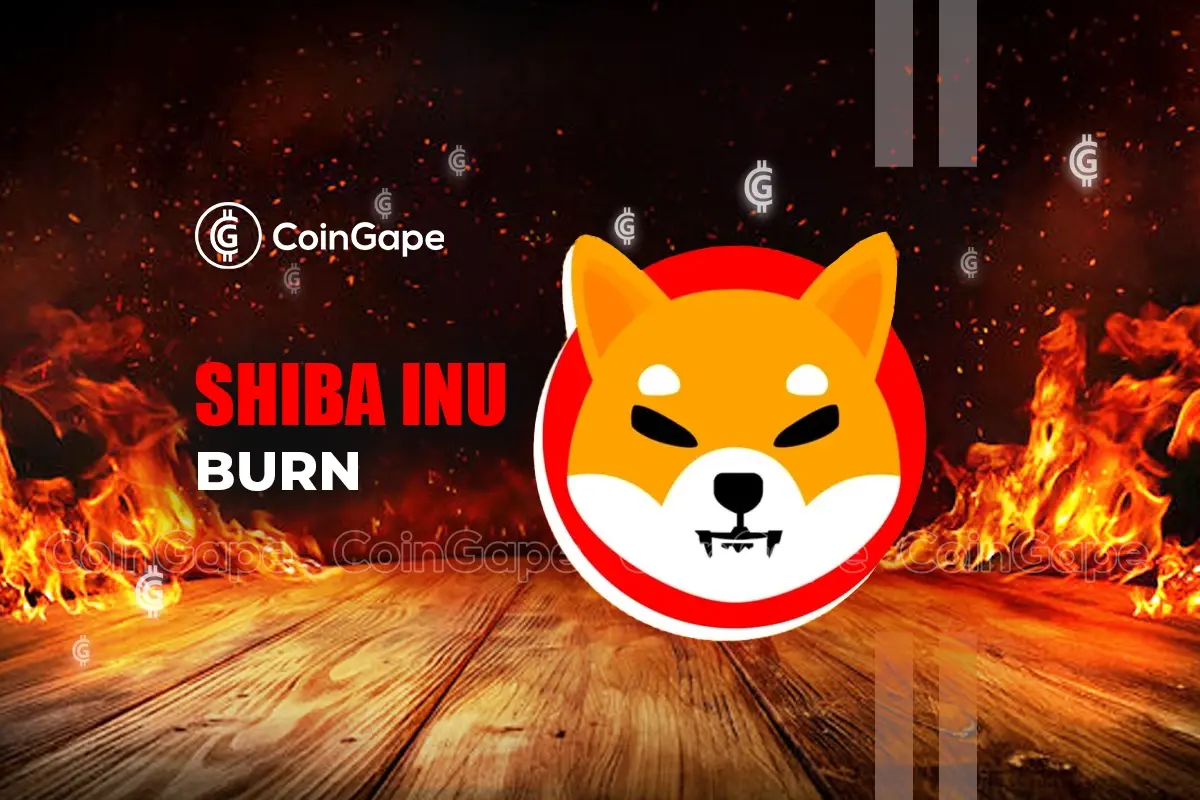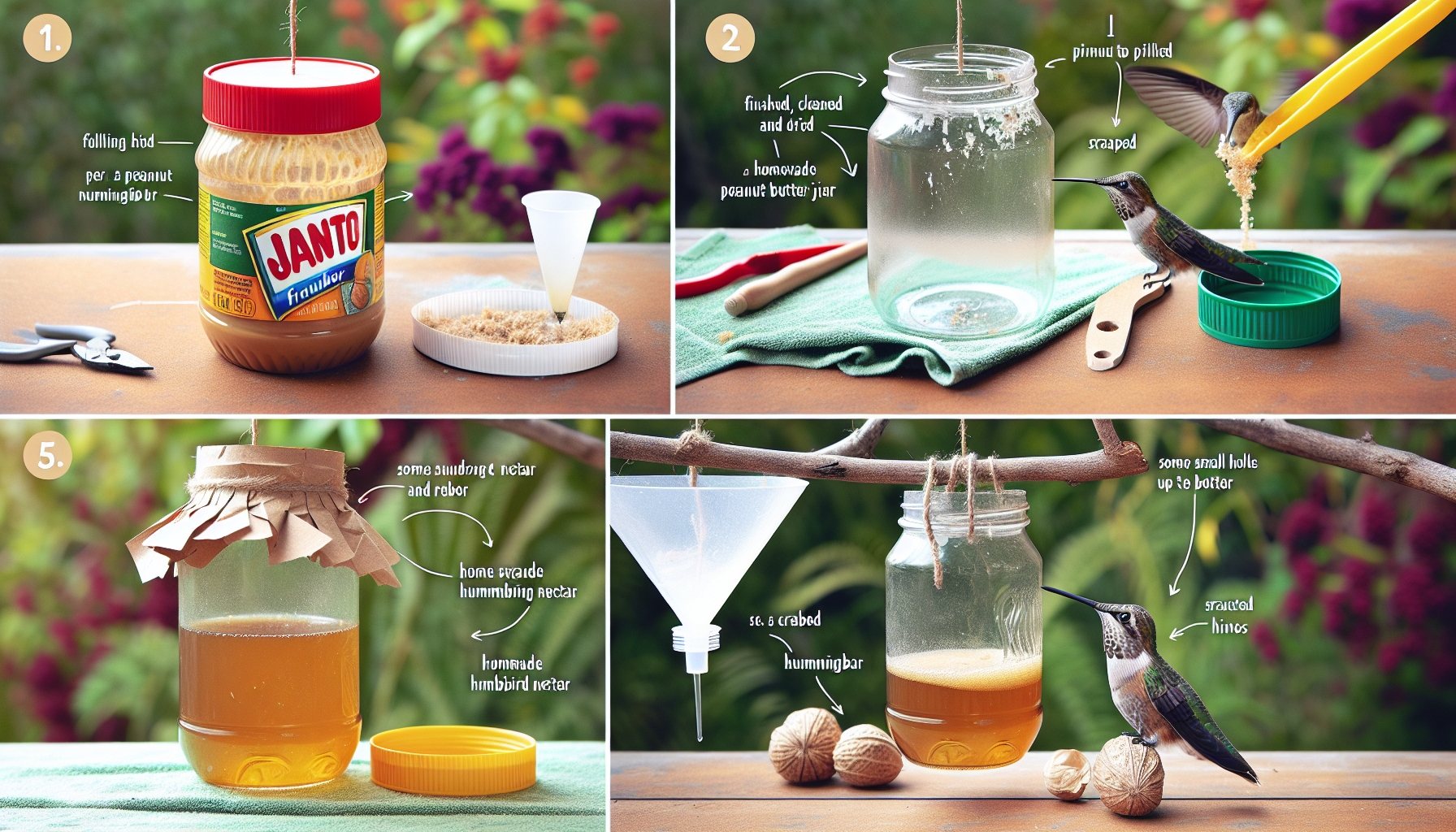tylim/iStock via Getty Images Failure is the base-case assumption for biotechs, as fewer than 10% of drugs that go into Phase I testing will ever make it through to FDA approval and commercialization. Even so, there are biotechs that had significant, if not crushing, setbacks early in their history only to eventually see significant success later on with different compounds – companies like Alexion and ICOS were acquired some time ago, but current publicly-traded stocks like Exelixis (EXEL) and Incyte (INCY) could serve as examples as biotechs that enjoyed a “second life” after major setbacks. It’s far too soon to say if that will be the case for Nektar Therapeutics (NASDAQ:NKTR). Working in its favor is a large pile of cash and some clinical assets that have enough promise in autoimmune / inflammatory disease to merit further study. Working against the company is a high bar for success in many of target indications and a track record of management going to great lengths to talk up the differentiated profile of drugs that ultimately failed in later-stage human clinical trials. Nektar shares are about 20% from when I last wrote about the stock, and in the interim, the company has expanded its clinical program for rezpegaldesleukin (“rezpeg”) and advanced a new compound (NKTR-0165) toward the clinic. While I won’t be surprised to see this stock experience runups and fades over the next couple of quarters, the real keys are the read-outs of the two ongoing Phase IIb studies of rezpeg in the first half of 2025 (with management confirming this timeline with its last earnings report). Success here could reestablish Nektar as a biotech to be taken seriously, but I view this as a high-risk/high-reward opportunity only suitable for aggressive investors (and/or investors who think they have some particular insight into why rezpeg will outperform). Nothing To Do But Wait Nektar has rezpeg in two Phase IIb studies, one for atopic dermatitis and the other for severe/very severe alopecia areata. Meaningful success in either indication (meaning some combination of superior efficacy and safety/tolerability versus rival compounds) could unlock multibillion-dollar revenue potential, but of course, there is no perfect definition of “meaningful” and there is significant competition in the atopic dermatitis space in particular. The Phase Ib results for rezpeg in atopic dermatitis certainly merit further clinical study. The drug delivered a 36% placebo-adjusted mean reduction in EASI LS (Eczema Area and Severity Index Least Squares), which when compared to the results from Phase II studies of drugs like Regeneron’s (REGN) Dupixent (partnered with Sanofi (SNY)), Amgen’s (AMGN) rocatinlimab (partnered with Kyowa Kirin), and Eli Lilly’s (LLY) Ebglyss is at least potentially competitive. I say “potentially competitive” for a few reasons. First, comparing across studies is always imprecise at best (different enrollment criteria and trial design, among other reasons). Second, Nektar’s trial showed a relatively large placebo effect (47% versus 15% to 41% for other AD studies) and that’s usually a yellow flag. Third, rezpeg is an injected drug and there are established oral options like Pfizer’s (PFE) Cibinqo and AbbVie’s (ABBV) Rinvoq that showed even better placebo-adjusted responses in their Phase II studies (51% and 60%). And to anticipate future questions/comments, the reason I’m comparing rezpeg’s results to Phase II trial results is that many large pharma companies do not publicly disclose Phase I/Ib results. Moreover, it’s not all that common for Phase II results to be dramatically superior to Phase I results. Last and not least, this is the basis of comparison that Nektar itself has established in its communications to shareholders. All of this establishes a fairly high bar for rezpeg in atopic dermatitis, and I’d note that safety and tolerability data (including patient trial discontinuations) will be relevant not only for potential FDA approval down the road, but also in sizing the commercial opportunity. Although management has made a case for rezpeg offering a “unique profile” by preferentially expanding Tregs versus effector T-cells (basically regulating immune response without suppressing the entire immune system), it remains to be seen if this will translate into meaningful safety or tolerability benefits. I’m not aware of Nektar management presenting any data so far on rezpeg in alopecia areata, but given that at least some drugs tested in atopic dermatitis have shown some level of efficacy in alopecia areata (including JAK inhibitors), it’s a reasonable decision to put the drug into a Phase IIb study. The data from these studies will have a major impact on Nektar’s near-to-mid-term future. The company has ample cash on hand ($326 million as of the last quarter) but is burning around $40M to $50M a quarter, so the company may well opt to raise funds again if Phase IIb data merit progression to Phase III studies (particularly if the stock pops on positive data). Management has indicated that they believe this cash is sufficient to get the company through mid-2026, though it’s not clear to me if that includes funding on a Phase III study. NKTR-0165 Seems Interesting, But Time Will Tell Nektar hasn’t shut down its preclinical drug development efforts, and likely will be advancing an interesting new inflammatory disease candidate into human studies in 2025. NKTR-0165 is a TNFR2 agonist and bivalent antibody that selectively binds to TNFR2. TNFR2 is an important player in immune response regulation, with TNFR2 signaling involved in the expansion and regulation of Tregs, as well as the production of anti-inflammatory cytokines and cells involved in tissue repair. Preclinical research has indicated that stimulating TNFR2 can suppress inflammatory responses and also promote the regrowth of tissue like myelin after demyelination (a key process in multiple sclerosis). Management hasn’t yet revealed the initial target indication for NKTR-0165, with the company planning an IND filing in Q4’24 and a trial start in Q1’25, but multiple sclerosis certainly seems like a potential indication. This is an interesting choice in some respects, as Nektar won’t be the first to put a TNFR2 agonist into clinical trials, but all of the other TNFR2 agonists I’m aware of are targeting oncology indications. The Outlook In addition to its autoimmune/inflammatory disease portfolio, Nektar still has ongoing studies of NKTR-255 in oncology applications, including the JAVELIN Bladder Medley study that should read out later this year. At this point, expectations for NKTR-255 seem to be virtually nil; success here (however unlikely) would certainly be a positive, but Nektar has already said they’d look to partner the drug out for further development. If I were approaching Nektar with no knowledge of the company’s past, I can’t say I would be substantially more bullish. As I said above, the Phase Ib data on rezpeg are good enough to merit further development, but I’d still consider it a longshot candidate to become a leading drug in atopic dermatitis and there’s really nothing to go on for the alopecia areata indication, let alone NKTR-0165. Using a 15% chance of success in atopic dermatitis (and 15% market share) does give me a prospective fair value of around $2.50/share for that indication. Estimates for the incidence of atopic dermatitis are all over the place, with a 27-year global study estimating around 17 million in the U.S. Estimates of severity are likewise all over the map, but it is estimated that at least 10% have symptoms serious enough to seek treatment. For the alopecia areata indication, sources suggest around 300,000 potential patients, with about half of those likely to be “severe” or “very severe”. The annual cost of drugs approved for atopic dermatitis likewise runs the gamut, but I’m using Cibinqo (around $19,000) and Dupixent ($30,000) as benchmarks and assuming $25,000, which includes some net pricing discount. I’m also assuming that roughly half of the market will be controlled by topical and oral treatments and effectively unavailable. Clearly there would be upside if clinical data are positive, as it would boost not only my estimated probability of success, but potentially also the market share and price estimates. Still, investors have to understand and accept the risk of total failure. The Bottom Line As I said in the open, I’ve seen beaten-down biotechs recover, but it’s hardly the typical outcome and I am concerned that Nektar may have an uphill battle demonstrating that rezpeg is meaningfully better than established alternatives for atopic dermatitis. We’ll all know more in around six to 12 months, and in the meantime I’m sure there will be trading opportunities for investors seeking that sort of thing. For me, though, I’m content to wait for that Phase II data and surrender the upside from being early, as there will still be upside if and when the drug heads into Phase III development and a more acceptable risk profile from my point of view.
sekar nallalu ABBV,AMGN,Cryptocurrency,LLY,NKTR,PFE,REGN,Stephen Simpson Nektar Likely To Drift And Wobble Ahead Of Key Phase II Data In 2025 (NKTR)
Related Posts
Shiba Inu Coin Burn Rate Soars 3010% With 232M SHIB Burned
During the prevailing bearish trend, the Shiba Inu (SHIB) meme coin has witnessed a remarkable increase in its token burn[...]
Ancient reptile fossil shines new light on early marine evol…
CNN — Scientists have discovered a 246 million-year-old marine reptile fossil, the oldest of its kind to be found in[...]
Make a difference: DIY sustainable hummingbird feeder using reused peanut butter jars
Welcome to an exciting DIY project that’s not just a great way to recycle and reuse household items, but also[...]


